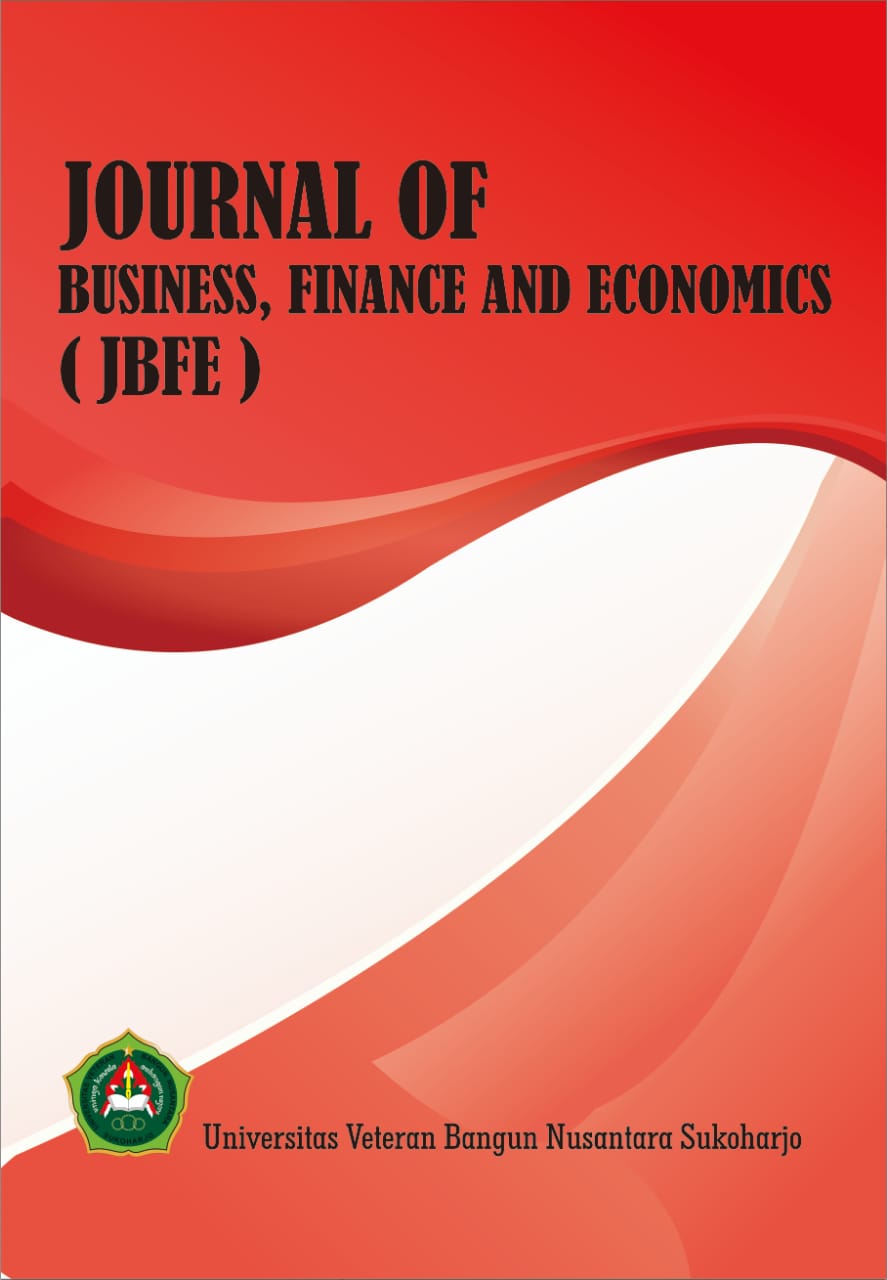Keamanan Jurnalis Sebagai Isu Sumber Daya Manusia Strategis : Analisis Data 2024 untuk Reformasi Manajemen Media
DOI:
https://doi.org/10.32585/jbfe.v6i1.6629Keywords:
journalist safety, HR management, legal protection, media organizations, work risksAbstract
The issue of journalist safety in Indonesia is increasingly urgent to be studied within the framework of strategic human resource management (HR). The work risks faced by journalists not only reflect external pressure from third parties but also indicate the weakness of the internal protection system implemented by media organizations. This study aims to analyze the perception and experience of journalist safety risks and evaluate the role of individual characteristics, organizational responses, and legal support in creating safe and sustainable working conditions. The research method used is a quantitative descriptive approach by utilizing secondary data from the 2024 Journalist Safety Index (IKJ). The data includes 760 journalist respondents from various regions in Indonesia, which were analyzed using frequency distribution techniques, cross tabulations, and simple correlations. The main variables consist of individual journalist characteristics (X1), media organization responses (X2), external legal support (X3), and safety risks (Y1), perceptions of protection (Y2), and psychological resilience (Y3). The results of the study show that female journalists, low-income journalists, and journalists domiciled outside Java have higher levels of risk. The response of media organizations to safety issues is still relatively weak, especially in terms of safety training and provision of protection protocols. Meanwhile, the available legal support is not yet fully effective, but still plays a role in increasing the courage of reporting and the psychological stability of journalists. The conclusion of this study confirms that journalist safety must be an integral part of the media HR management system. Institutional reform, including strengthening internal regulations, legal assistance, and risk-based training, are strategic steps that need to be implemented to build a professional and safe media ecosystem.
Downloads
References
Dewan Pers & Populix. (2024). Laporan Indeks Keselamatan Jurnalis 2024. Jakarta: Dewan Pers.
Hanitzsch, T., Van Dalen, A., & Steindl, N. (2019). Caught in the nexus: A comparative and longitudinal analysis of public trust in the press. The International Journal of Press/Politics, 24(1), 3–23. https://doi.org/10.1177/1940161218793051
Marpaung, T. (2022). Sistem Perlindungan Jurnalis di Indonesia: Kelemahan Struktural dan Tantangan Implementasi. Jurnal Ilmu Komunikasi, 14(2), 101–112. https://doi.org/10.24002/jik.v14i2.5892
Santosa, H., & Wibisono, R. (2022). Validasi Instrumen Keselamatan Jurnalis Berbasis Konteks Lokal. Jurnal Komunikasi Global, 11(1), 55–67.
Setiawan, B., & Nuryati, A. (2021). Manajemen Risiko dan Perlindungan Jurnalis dalam Organisasi Media. Jurnal Studi Komunikasi, 5(3), 475–488. https://doi.org/10.25139/jsk.v5i3.3713
Sugiyono. (2019). Metode Penelitian Kuantitatif, Kualitatif, dan R&D. Bandung: Alfabeta.Tandoc Jr., E. C., Jenkins, J., & Thomas, R. J. (2022). Journalism under threat: The psychological toll of reporting. Digital Journalism, 10(2), 239–255. https://doi.org/10.1080/21670811.2021.1907200
Yulianto, A. (2022). Perlindungan Jurnalis dalam Perspektif Etika Profesi. Komunika: Jurnal Ilmu Komunikasi, 16(1), 45–57. https://doi.org/10.24090/komunika.v16i1.6340
Downloads
Published
How to Cite
Issue
Section
License
Copyright (c) 2025 Journal of Business, Finance, and Economics (JBFE)

This work is licensed under a Creative Commons Attribution-ShareAlike 4.0 International License.
Authors who publish with the Journal Of Business, Finance, and Economics (JBFE) agree to the following terms:
- Authors retain copyright and grant the journal the right of first publication with the work simultaneously licensed under a Creative Commons Attribution License (CC BY-SA 4.0) that allows others to share the work with an acknowledgment of the work's authorship and initial publication in this journal.
- Authors are able to enter into separate, additional contractual arrangements for the non-exclusive distribution of the journal's published version of the work (e.g., post it to an institutional repository or publish it in a book), with an acknowledgment of its initial publication in this journal.
- Authors are permitted and encouraged to post their work online (e.g., in institutional repositories or on their website) prior to and during the submission process, as it can lead to productive exchanges, as well as earlier and greater citation of published work.













